Moulding trim is on the same level as paint when it comes to affordable, easy DIY ways to give your home a facelift. Your imagination is the only limitation when using trim thanks to the huge range of shapes, sizes, and styles available.
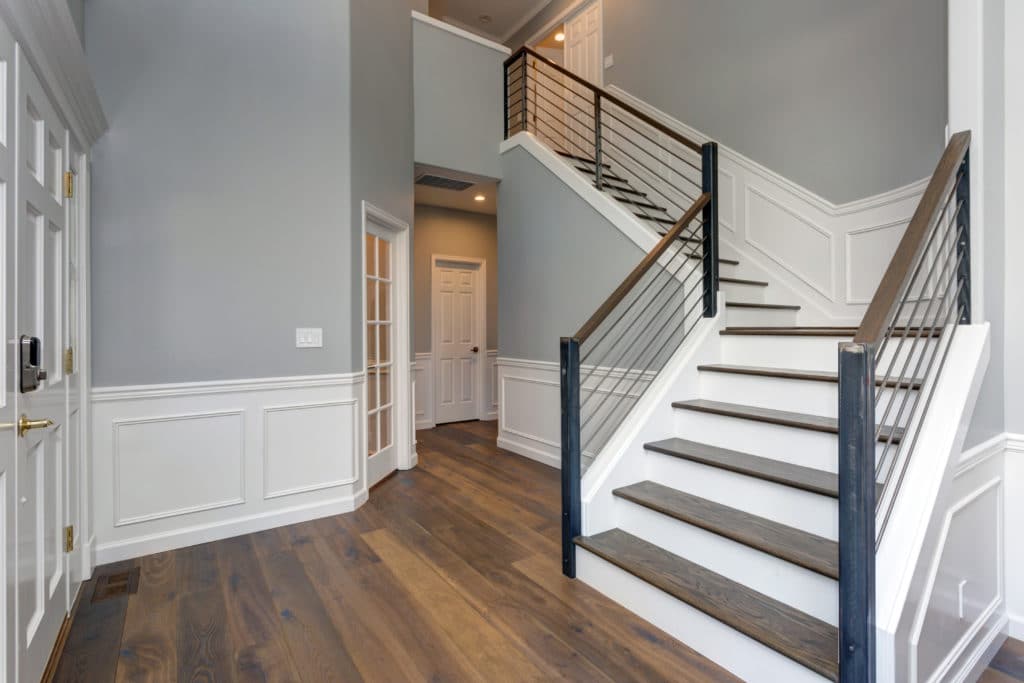
Moulding trim can be used to spruce up interiors and exteriors on everything from furniture to doorways and feature walls. Often when people think of moulding trim, they only think crown and baseboard moulding.
However, if you take a look at the galleries of your favorite interior designers, you’ll find it in some surprising places. A strip along stairs to add character, or perhaps a picture frame trim on kitchen cabinets to give them a completely new feel.
Adding moulding trim to your home is a great DIY project. It doesn’t require many tools, it won’t cost a fortune, and it will make a big impact on your space.
If you’re not sure where to start, here’s a guide on the basic types of trim available, and some ideas to get your creative juices flowing.
Types of Trim
Moulding trim comes in a huge variety of types; some are functional, some are purely decorative.
Crown Moulding / Ceiling Moulding
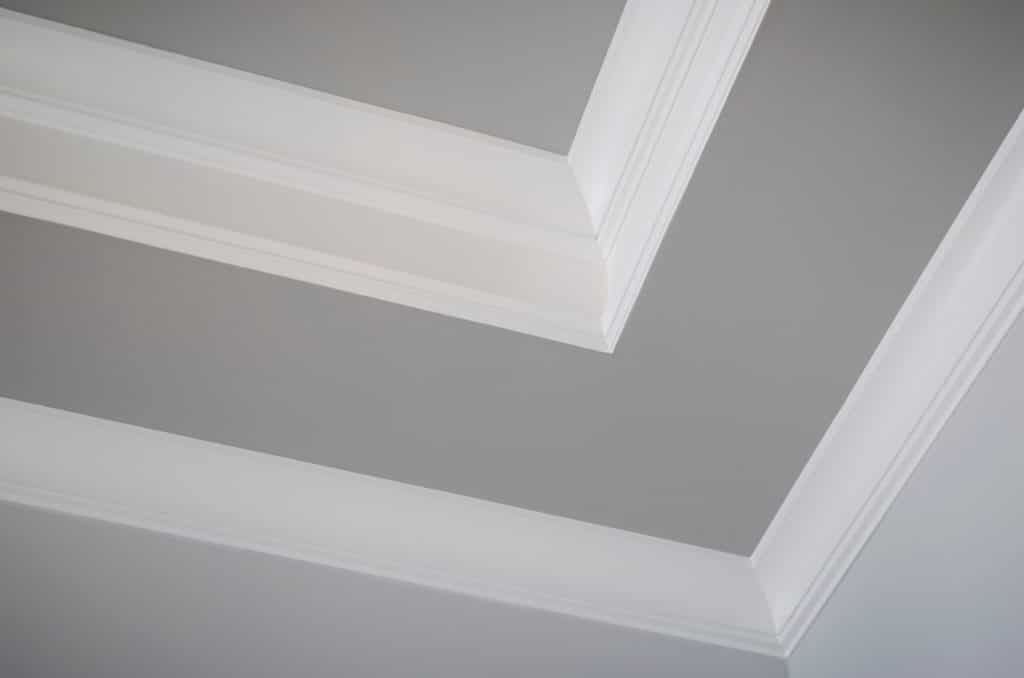
One of the more common types, crown moulding trim is what’s used to make a decorative transition between the walls and ceiling. Usually, the width of crown moulding would depend on the height of the ceiling.
However, playing with the width can be a fun way to change the feel of your room. A wide trim will have a dramatic effect, while a narrow trim will make the space feel minimalist and modern.
Baseboard Trim
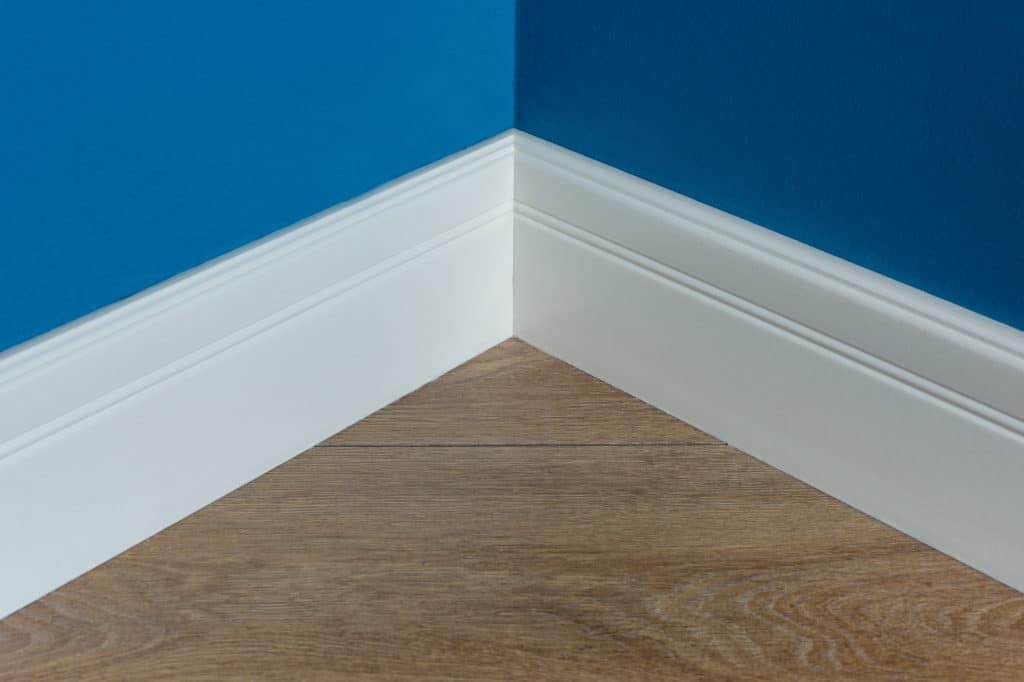
Baseboard trim is standard in almost all homes. It covers the gap between the floor and walls while providing an accent to the room. Just like with crown moulding, you can go big and bold or keep it subdued so eyes are drawn to other design elements in the room.
Picture Rails
Picture rails are a thin piece of trim that’s usually installed about 10-20 inches below the crown moulding trim, depending on the height of your ceiling. It can have a practical use of being used to — you probably guessed it — hang pictures off of. However, it’s very often used purely as a decorative accent.
Chair Rails
Chair rails are as functional as they are decorative. Usually installed 1/3 of the way up the wall, they protect the walls from chairs, furniture, and many other things that may make contact with the wall. Chair rails provide a lot of opportunities to do something unique in your space, such as separate a two-tone paint job or provide a transition between wainscoting and the wall.
Wainscoting
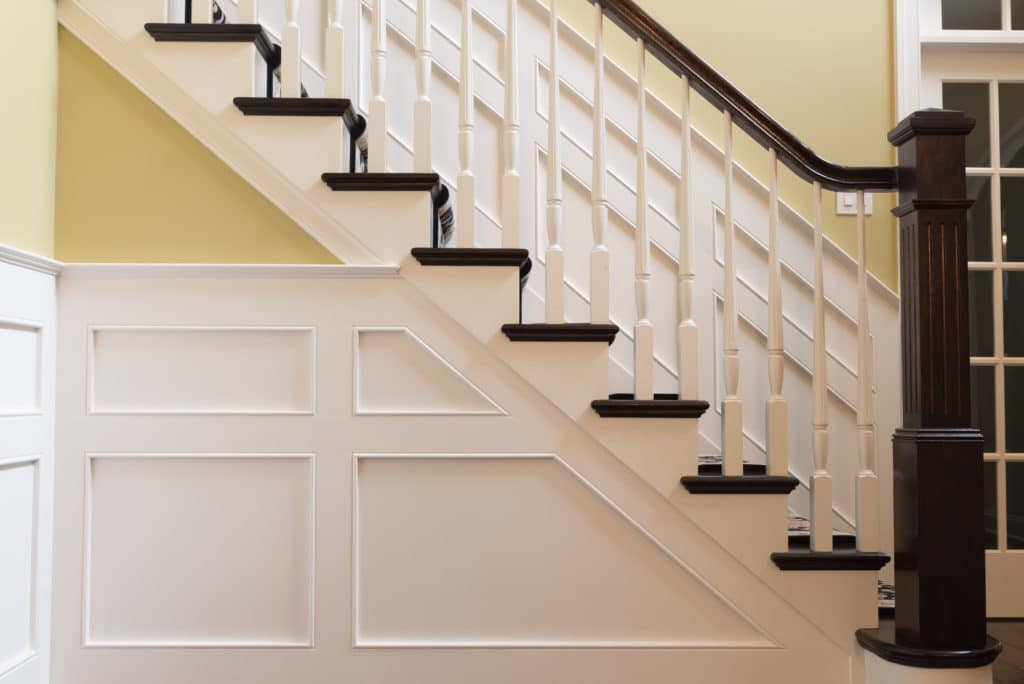
Wainscoting is a flexible, decorative type of moulding trim that’s used as a wall accent while also providing protection to the wall. It’s often placed as large squares or rectangles below chair rails and is frequently used with wall panels.
Wall Panels
Wall panels are large boards that typically go 1/3 up the wall and are used in combination with wainscoting. They were originally developed to help insulate rooms, but now serve the purpose of making a space feel more luxurious.
….and then you’ve got your helpful extras. You can find corner and block pieces, or board and batten to cover up joints.
Creative Ways to Use Moulding Trim
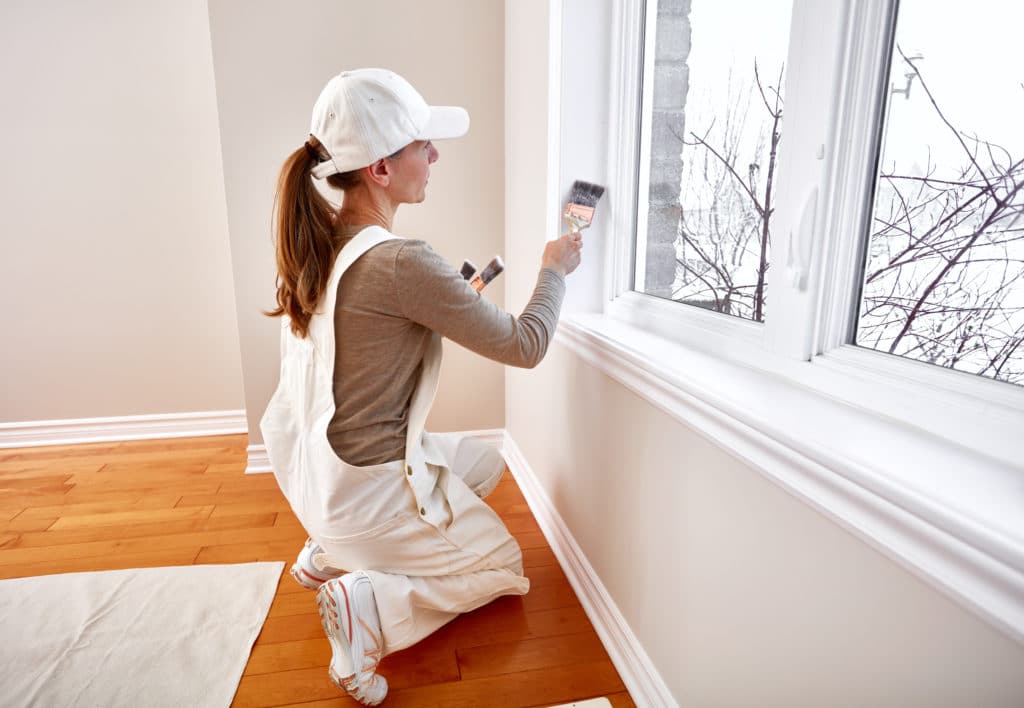
Some of the trim listed above has specific uses; ceiling moulding for ceiling trim, for example. Other options, such as wainscoting, provide a huge amount of flexibility for changing up the feel of your home.
Framing
Moulding trim can be used to frame large pieces of wall decorations, such as art or mirrors, without having to spend a fortune on traditional frames.
Furniture
Moulding trim is a secret weapon when upcycling tired furniture. Or, a cheap option when wanting to breathe new life into an old favorite.
Wainscoting frames can be used on the sides of desks or dressers to give them texture. Adding curvy panels to the bottom of square furniture can completely change the shape and feel of a plain, square piece. Or, add trim to drawers as accents.
Cabinets and Doors

Kitchen cabinets are one of the biggest investments you’ll make when renovating your kitchen. By adding trim to your existing cabinets, you’ll save yourself thousands of dollars and make your cabinets look like new.
Panels and wainscoting can be added to doors in the same way to add depth and flair.
Decorative Columns
You can freshen up an existing decorative column, or completely create a new one using different types of trims and panels.
Columns can be as plain or as fancy as you’d like them to be. Using a combination of trims creates the perfect opportunity to really let your creativity shine and entirely change the design aesthetic of a room.
Light Switch Covers
A small change that can make a big difference; frame your light switch covers with trim for an easy upgrade.
